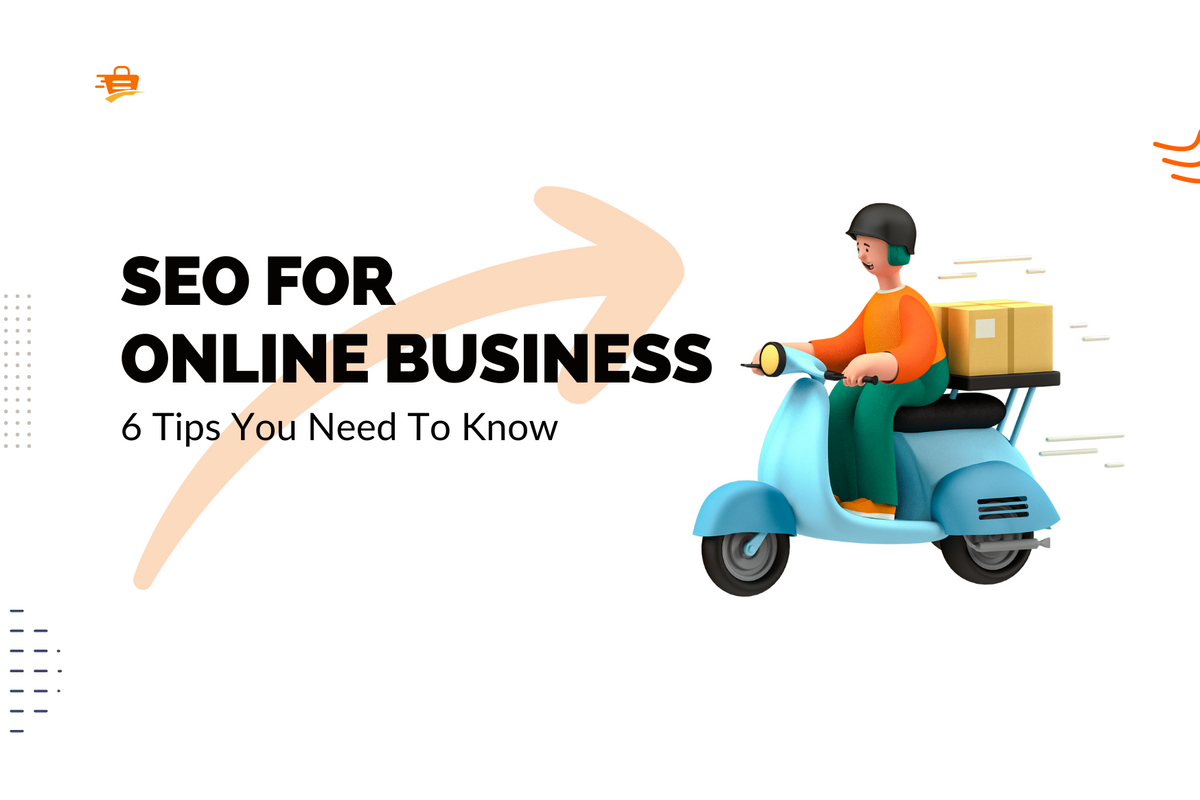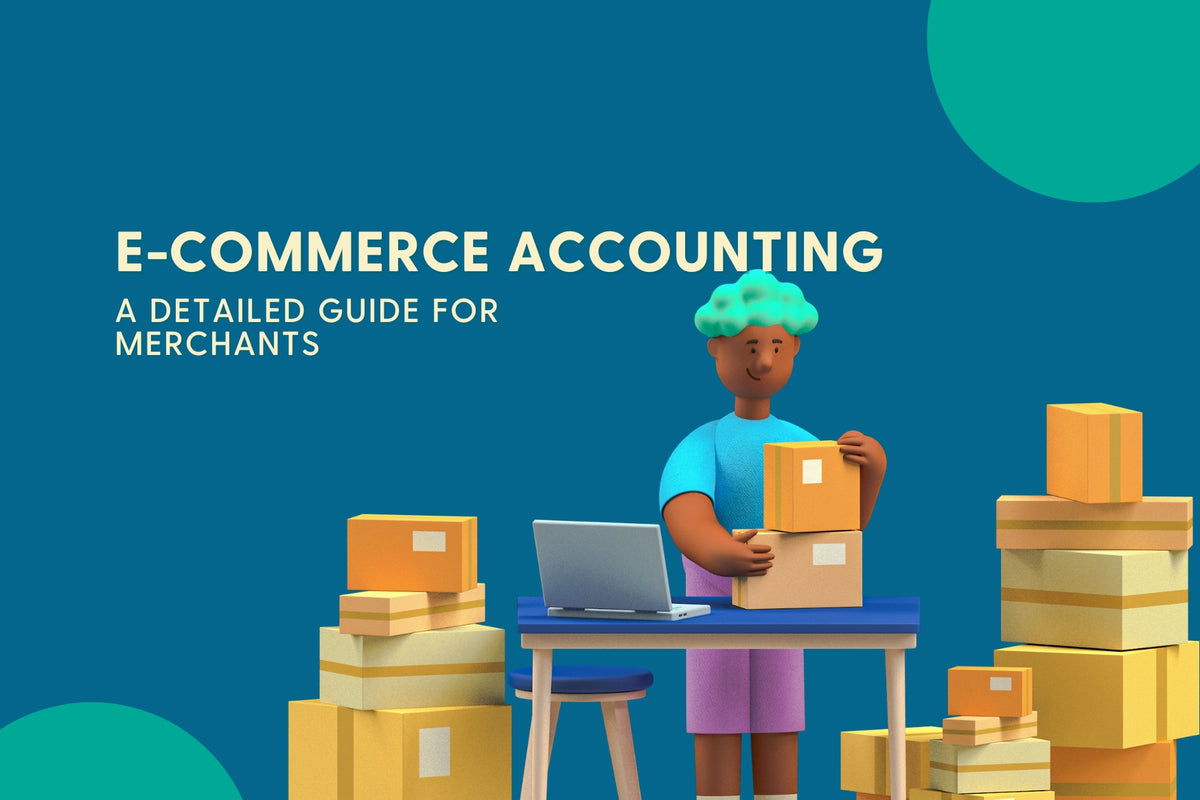If you're like us, passionate about nurturing relationships and creating experiences that turn one-time buyers into lifelong fans, these loyalty statistics aren't just numbers. They shed light on the very heart of consumer relationships.
As we move forward into an era of abundant choice and fleeting attention, understanding the varying nuances of customer loyalty becomes not only beneficial but essential to the prosperity of our brands.
Join us as we dissect these statistics, glean their deeper meanings, and forge the bonds that turn first-time shoppers into lifetime advocates.
The Compelling Case for Customer Retention
Let's talk about longevity and profitability. Considering the balance between acquiring new customers and valuing existing ones is essential. Data suggests that the key to business success is retaining loyal customers rather than solely focusing on attracting new ones.
1. A 5% increase in customer retention can increase company revenue by 25-95% (Harvard Business Review). This isn't just impressive; it's transformative. When you focus on keeping the customers you already have, you're not just boosting your bottom line but building a foundation for sustainable growth.
2. A whopping 65% of a company's sales are typically generated from customers they've already had on board (SmallBizGenius)
3. The probability of selling to an existing customer is 60-70%, while the probability of selling to a new prospect is 5-20%. (Marketing Metrics)
As we often say, there's comfort in the familiar. Your current customers already trust you, making them more receptive to your offers and new products.
4. On average, loyal customers are worth 10 times as much as their first purchase. (White House Office of Consumer Affairs). This statistic underlines the long-term value of customer loyalty. It’s not just about the first sale. It’s all about the lifetime journey with each customer.
Loyalty Programs: More Than Just Points
Points, rewards, perks… call them what you will, they are the lifeblood of a loyalty program.
But as we peel back the layers, we uncover that these programs are more than just transactional tools. They're an honest dialogue with your beloved audience.
6. More than half of consumers worldwide indicated that a loyalty program would encourage them to keep buying from a brand, surpassing the influence of good customer service (36.5%) and practical on-site search functionality (35.1%) (Yotpo)
7. People belong on average to 14.8 loyalty program memberships but are only active in 6.7 of them (Bond)
8. On average, only 42% of loyalty program members are active or engaged. (Colloquy).
These statistics are a wake-up call to ensure your program engages enough to keep members active.
9. Almost 80% of consumers say loyalty programs make them more likely to continue doing business with brands. (Bond)
Loyalty programs have moved beyond just points and rewards. They now should be a key part of the customer relationship with your brand.
10. Companies with vital loyalty marketing programs grow revenues 2.5 times faster than their competitors. (Deloitte)
11. Members of loyalty programs generate 12-18% more revenue for retailers than non-members. (Accenture)
The message here is simple: loyalty programs aren't just for show. They directly contribute to your bottom line.
12. On average, members of loyalty rewards programs in the U.S. and Canada outspend non-members by an average of $99 at traditional and online retail stores over three months (Forrester)
Simply put, loyalty programs are not an expense but an investment. Members not only bring in more revenue, but they also become champions of your brand.
13. 57% of U.S. consumers will abandon a loyalty program if it takes too long to earn points or miles (Colloquy).
14. Over three-fourths (76%) of consumers are open to spending money on premium loyalty programs (Ebbo).
15. In this study, we learn that 40% of consumers anticipate instant benefits when signing up for premium loyalty programs.
16. Personalization can increase the effectiveness of marketing spending by 10 to 30%. (McKinsey & Company)
Loyalty programs personalized to the customer’s preferences and purchase history can significantly boost marketing ROI.
Read here to learn how to create the ultimate customer loyalty program.

The Power of Word-of-Mouth
Nothing amplifies your brand's voice quite like the endorsement of a satisfied customer.
Here, we delve into the statistics that showcase the profound impact of a recommendation and the ripple effect it can have on your e-commerce business.
17. 73% of satisfied customers will recommend a brand to others. (Qualtrics)
Satisfied customers are your best advocates. They share their experiences, which can mean exponential exposure for your brand in the era of social media.
18. Seventy-three percent of consumers are more inclined to endorse brands that offer vital loyalty programs (Bond)
19. Brands that nail the customer experience game get chatted up three times as much as those offering dull experiences. Word-of-mouth goes through the roof when the experience hits just right (Semrush)
20. 14% of a company's most dedicated customers demonstrate loyalty by actively promoting or defending the brand on social media platforms (Accenture).
This statistic underscores the vital role of loyal customers in enhancing a company's reputation and reach online. Their endorsements can significantly influence public perception and ultimately attract new customers.
The Trust Equation
Trust is not just a nice-to-have. It's the cornerstone of every lasting customer relationship. Let’s underline why customers stay loyal to a brand or why they might opt to shop elsewhere, even without trust.
21. Eighty-one percent of consumers acknowledge that their trust in a brand's commitment to doing the right thing is a critical influencer or make-or-break element in their purchase choices (Edelman).
22. 83% of consumers say loyalty is primarily driven by trust. (Rare)
Trust is the currency of loyalty. When you earn it, you open the door to repeated sales and a relationship that can withstand market fluctuations and increasing competition.
23. Even though it sounds odd, 64% of folks will stick with shopping at brands they don't actually trust. Go figure, right? (Optimove)
The Cost of Loyalty vs. Acquisition
Spend versus save is an eternal dilemma for businesses. This section explores the financial benefits of investing in existing customer relationships rather than courting new ones.
24. It costs five times as much to attract a new customer than to keep an existing one. (Invesp).
This statistic must be addressed in e-commerce, where every click and conversion counts. It’s far more economical to invest in the customers you have.
25. Only 12-15% of customers are loyal to a single retailer, but they represent 55-70% of total sales. (Center for Retail Management, Northwestern University).
This small but mighty group is your brand's backbone. Cultivating these relationships can yield impressive results.
The Millennial Connection
These statistics provide a roadmap to this key demographic's hearts and wallets, highlighting loyalty's role in capturing young consumer allegiance.
26. Millennials are 2.5 times more likely to stick with brands that offer excellent loyalty programs (Bond Brand Loyalty).
27. In the same spirit, 68% of Gen Z and 70% of Millennial consumers will maintain loyalty to a brand with a robust loyalty program. (CrowdTwist)
Millennials aren't just digital natives. They're loyalty enthusiasts. Your brand can make a lot of money by appealing to this demographic.
28. 66% of millennials report that they would change brands if they were offered 30% more loyalty rewards. (Bond Brand Loyalty)
It’s a reminder that the millennial market is highly competitive but rewarding for brands that can hit the right notes with loyalty incentives.

The Emotional Quotient
Finally, we turn to the emotional tissue that binds customers to brands. In these figures, we find the heartbeat that fuels customer loyalty.
29. Around 37% of shoppers see themselves as accurate to a brand once they've hit the checkout button on five separate occasions (Yotpo).
30. Eighty-one percent of consumers are interested in developing a relationship with a brand (Merkle).
31. Customers emotionally connected to a brand have a 306% higher lifetime value. (Motista).
It's not just about transactions; it's about connections. When customers feel understood and valued, they don’t just come back. They stay.
Final Word
Understanding these statistics is just the starting point. Implementing strategies to leverage them is where the real journey begins. Your e-commerce brand has the opportunity to sell and connect, engage, and grow with your customers.
Each statistic offers a glimpse into the fantastic playground of customer loyalty, where every interaction is a chance to deepen a bond. It's about seizing those opportunities, learning from them, and, most importantly, never taking them for granted.
Remember: behind every statistic is a customer, and behind every customer is a story. Your brand's success lies in being a cherished part of that story. Let's make every number count.



